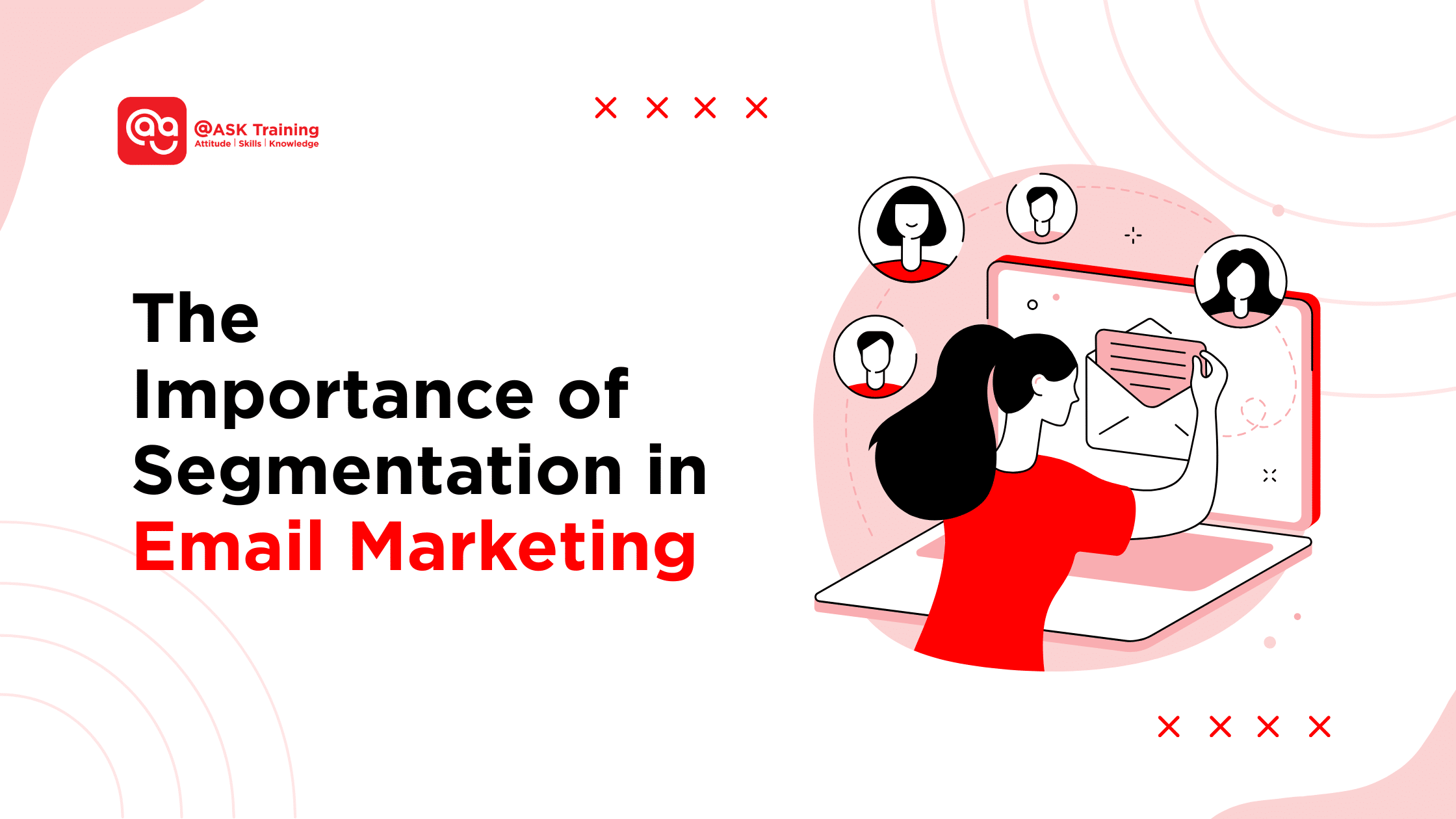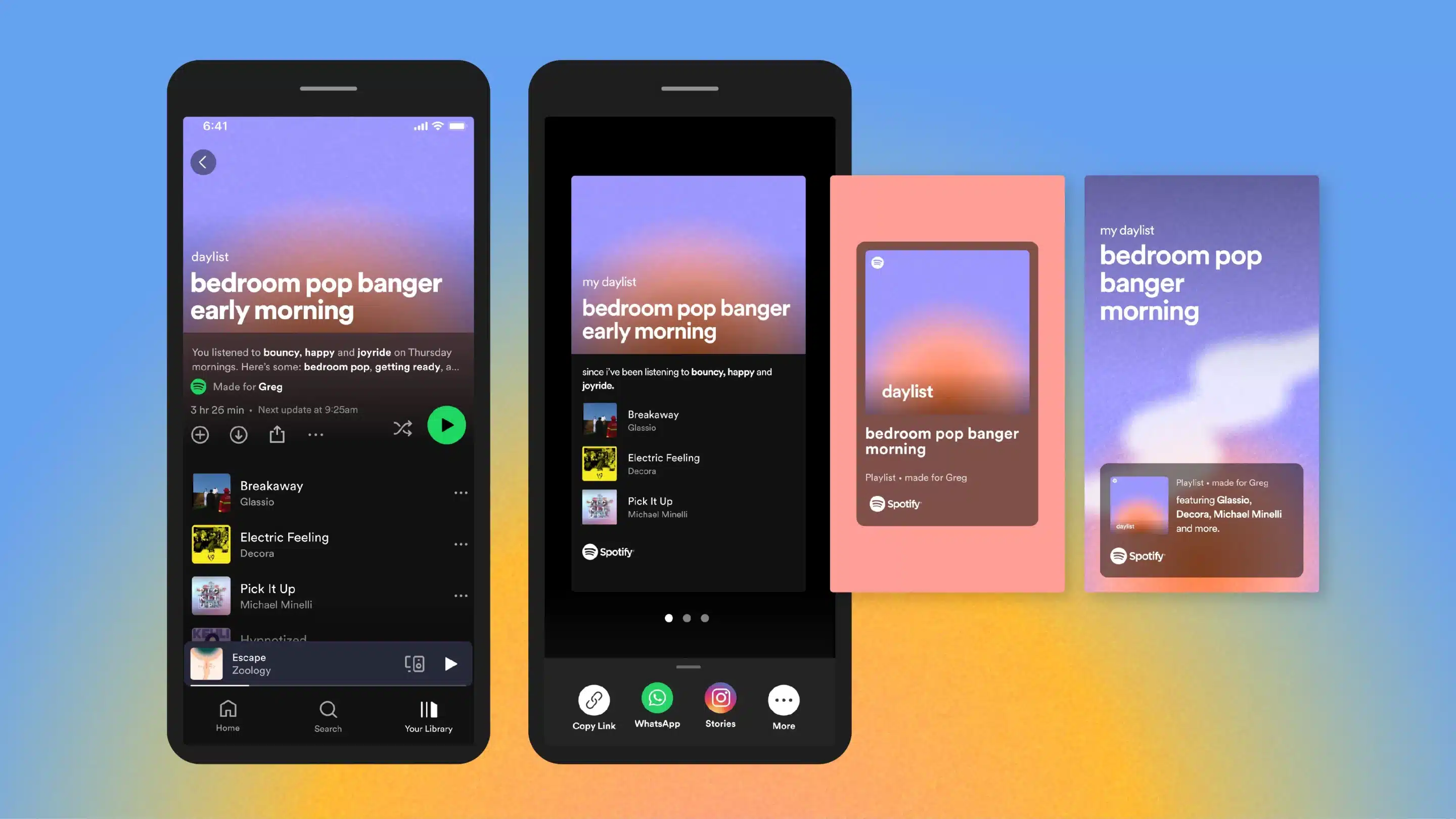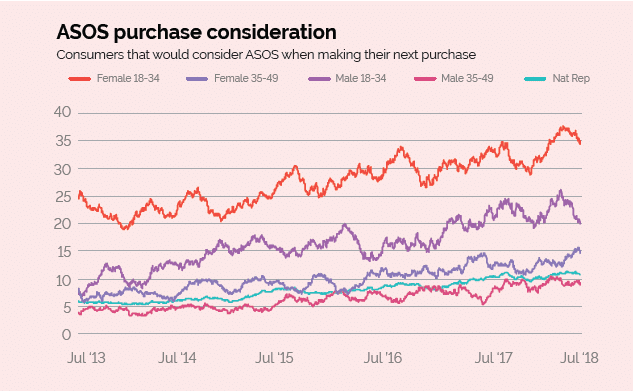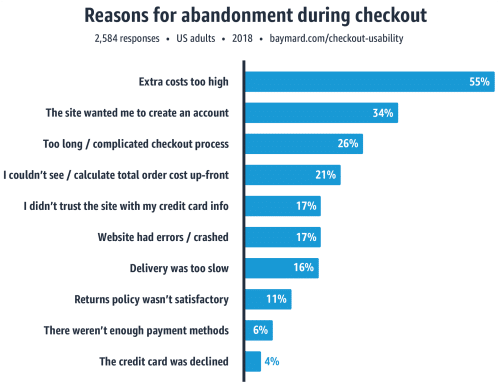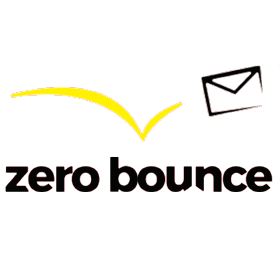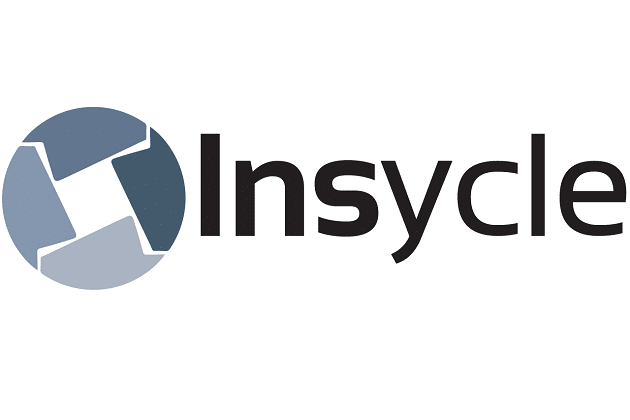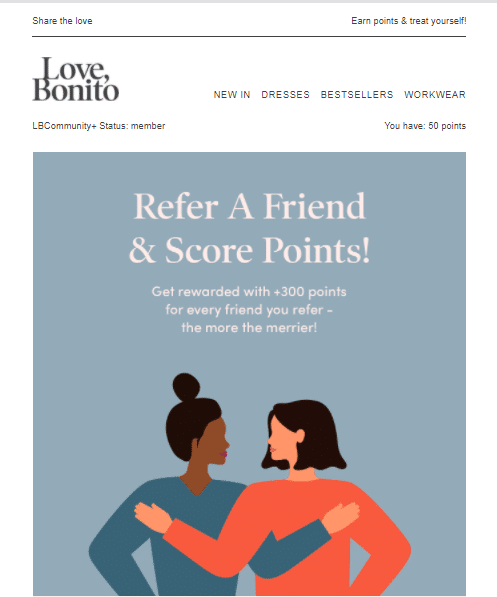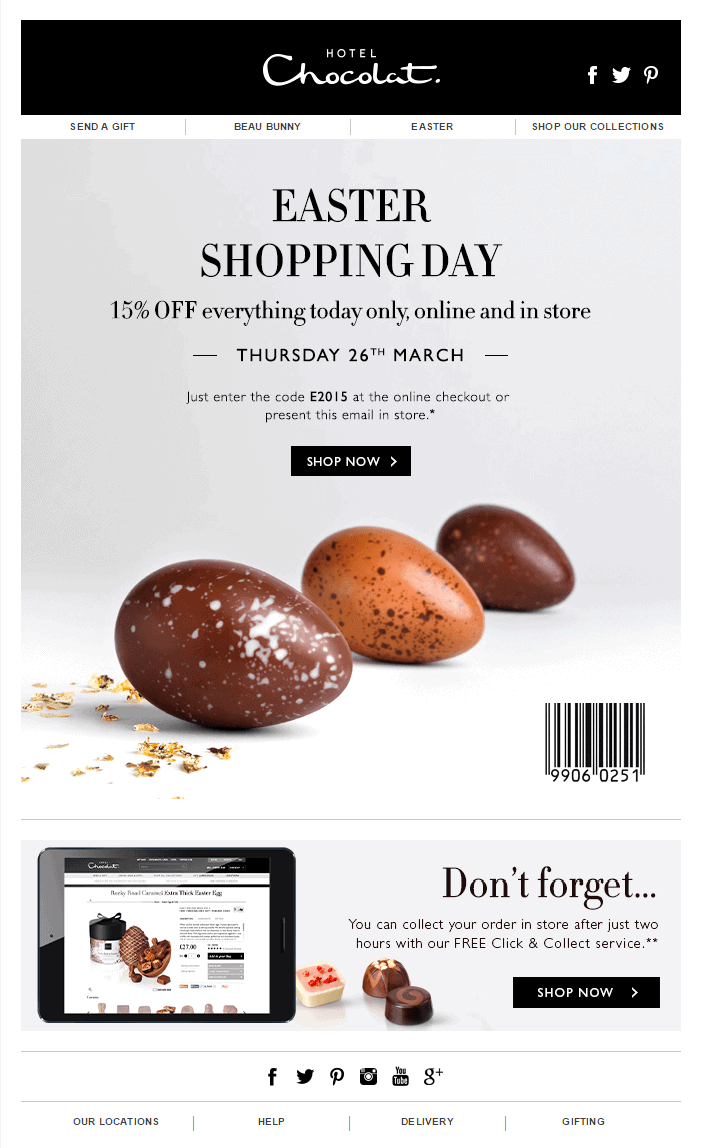In 2024, 72% of consumers still ignore emails that don’t speak directly to them. (TT Consultants, 2024) For marketers and business owners, that’s not just a missed opportunity, it’s revenue left on the table.
The solution? Email Segmentation.
Email segmentation makes your messages more focused, engaging, and effective—an essential part of any successful email campaign.
Businesses boost revenue and strengthen customer relationships by sending the right message to the right people — all by understanding their audience’s preferences and behaviours.
For example, marketers who use segmented campaigns experience a 760% increase in revenue compared to those who don’t. (BusinessDasher)
In this article, we explore the concept of email segmentation, highlight its key benefits, and share effective segmentation strategies.
By the end of this article, you will:
- Gain insights into real-world applications
- Learn best practices
- Discover how to overcome common challenges to create impactful email marketing campaigns
Let’s dive in!
Understanding Email Segmentation
Email segmentation is the process of categorising email subscribers based on their demographics, behaviours, or preferences.
Why it matters: Instead of sending generic messages to an entire email list, segmentation enables businesses to tailor their content to meet the specific needs of each group. This turns impersonal blasts into meaningful conversations.
Overview Benefits of Email Segmentation
Email segmentation offers several key benefits that make campaigns more effective. By targeting content to match customers’ interests, businesses unlock these proven advantages:
1. Higher Engagement
Relevant emails drive action. Segmented campaigns see:
- 14.31% higher open rates
- 100.95% higher click-through rates
- 9.37% lower unsubscribe rates
(Source: Mailchimp Research)
2. Stronger Deliverability
Better engagement reduces spam complaints and boosts sender reputation, ensuring your emails land in inboxes, not junk folders.
Let’s explore how segmentation drives tangible results for businesses like yours.
Benefits of Email Segmentation
Let’s dive into the benefits of email segmentation, where targeted strategies can significantly improve your campaign’s effectiveness and results.
1. Better Targeting and Personalised Content
Segmenting emails allows businesses to craft messages that directly address the specific needs and interests of different audience groups. Personalisation isn’t optional, it’s what makes subscribers click.
The proof? Personalised subject lines increase open rates by 27% (Source: Experian). Whether it’s job-specific tips for B2B buyers or product recommendations for e-commerce shoppers, segmentation ensures your content hits the mark.
2. Stronger Customer Relationships
Generic emails erode trust while segmentation builds loyalty.
Key stat: 91% of consumers say they are more likely to shop with brands that provide relevant offers and recommendations. (Source: Forbes Council)
By addressing individual preferences (like past purchases or lifecycle stages), you build trust and loyalty. Subscribers appreciate personalised emails that meet their needs, fostering long-term engagement.
Case Study: Personalised Email Drives Conversions
- The challenge: An e-commerce retailer struggled with low repeat purchases.
- The solution: They segmented customers by purchase history and sent “Recommended for You” emails.
- The result: A 28% increase in conversions, proving that tailored content drives revenue. (Source: Econsultancy Case Study)
Now that we’ve seen the benefits of segmentation, let’s explore how to put it into practice.
Segmentation Strategies and Methods
Here are the strategies and methods you can use to segment your audience and craft content tailored to their specific needs and interests.
1. Demographic Segmentation
By segmenting your audience based on demographic factors like age, gender, income, or occupation, you can refine your messaging to better resonate with each group.Example in Action:
A B2B software company segments its email list by job title:
- Marketing executives receive insights on brand awareness and demand generation
- IT managers get emails about cybersecurity and software integration
This approach ensures each professional gets information most relevant to their role.
2. Behavioural Segmentation
Moving beyond demographics, behavioural segmentation focuses on actual customer actions. Grouping your customers based on their purchase history, email engagement, and browsing behaviour helps create campaigns that match their interests.
Real-World Application:
A subscription box service tracks how often customers pause or cancel their subscriptions:
- Customers who pause their subscription receive a “We Miss You” email with a discount to encourage reactivation.
- Those who cancel completely get an exit survey, followed by an email showcasing new features and improvements to entice them back.
This targeted approach can potentially recover at-risk customers.
3. Geographic Segmentation
Where your customer lives matters. Location-based segmentation tailors offers to your customers’ regional preferences, local events, or even climate, making your messaging more relevant to them.
How It Works:
A global travel agency segments customers based on their location and sends tailored promotions:
- Customers in colder regions receive emails promoting warm-weather vacation packages in tropical destinations.
- Customers in warmer climates get recommendations for ski resorts and winter getaways.
Such personalisation can boost open rates if done well.
4. Psychographic Segmentation
The most advanced method looks at customers’ lifestyles and motivations. Understanding values, interests, and spending habits helps create deeper connections.
Case Example:
A financial services firm segments its audience by financial goals.
- Young professionals seeking wealth-building advice receive content on investment opportunities and side hustles.
- Retirees looking for financial security get emails about estate planning and low-risk investment strategies.
This approach builds trust by addressing each group’s unique financial concerns.
Knowing the methods is just the start. Let’s move on to the next section on how you can implement them successfully.
Best Practices for Effective Email Segmentation
Effective email segmentation is more than simply grouping your audience. It starts with collecting accurate data, using automation tools, and regularly updating your list.
Following these best practices keeps your campaigns relevant, organised, and optimised for performance.
1. Data Collection & Analysis
Strong segmentation begins with quality data:
- Use sign-up forms and surveys to gather relevant subscriber details.
- Track customer interactions through website analytics and email engagement.
Remember: Nearly 9 out of 10 marketers say that the information businesses collect directly from their email subscribers and website visitors is the most valuable because it comes from real interactions and relationships with the people they are trying to connect with.
Source: CMSWire.com
2. Segmentation Tools & Automation
Platforms like Mailchimp, HubSpot, and ActiveCampaign enable automated segmentation based on customer behaviour.
- Example: Mailchimp’s workflow automatically sends follow-up emails to subscribers who open but do not click on a promotional email.
3. Regular List Cleaning & Updates
Keep your segments clean and current:
- Remove inactive subscribers quarterly to maintain email deliverability.
- Conduct regular audits to refine segmentation criteria.
Both the frequency of emails and the relevance of their content significantly impact unsubscribe rates.
To maintain a healthy subscriber list, it’s crucial to balance email frequency and ensure content aligns with subscribers’ interests and needs.
Seeing is believing. Let’s take a look at some real-world examples and how you can apply these strategies too.
Real-World Examples and Case Studies
These real case studies illustrate the significance of segmentation in creating more relevant and personalised email campaigns, which ultimately lead to stronger customer engagement and improved business outcomes.
1. Spotify: Personalised Playlists and Recommendations
The Challenge: With millions of users, how could Spotify make every email feel one-to-one?
How: Spotify uses behavioural segmentation to create personalised email campaigns based on user activity:
- Uses behavioural segmentation to track listening habits
- Sends personalised playlist recommendations
- Example: Weekly “Discover Weekly” emails with custom song selections
Why: By tracking what genres, artists, and songs users listen to most frequently, Spotify can send customised recommendations and playlists directly to their inboxes.
Result: These personalised emails lead to a higher engagement rate, as users are more likely to interact with content that matches their musical preferences. This strategy has proven effective in increasing user retention and encouraging premium sign-ups.
Key Takeaway: Even with a massive audience, personalisation at scale is possible.
2. ASOS: Segmenting by Purchase History
The Challenge: Encouraging customers to come back in a competitive e-commerce market.
How: ASOS, a global online fashion retailer, uses purchase history segmentation to target customers with personalised product recommendations:
- Segments by purchase history
- Sends “You Might Like” emails with similar items
- Features new arrivals in previously purchased categories
Why: They track past purchases and send curated emails featuring similar items or new arrivals in the customers’ favourite categories.
Result: This approach helps increase repeat purchases and conversion rates. By making recommendations that are tailored to a customer’s past purchases, ASOS has been able to improve its sales performance and overall customer satisfaction.
3. Amazon: Leveraging Behavioural Data for Cart Abandonment
The Challenge: Billions in potential sales lost to abandoned carts.
How: Amazon uses purchasing behaviour segmentation to send personalised emails to customers who abandon their shopping carts:
- Sends automated emails within 1 hour of abandonment
- Includes product images, prices, and often discounts
- Uses subject lines like “Forgot something?”
Why: These emails are specifically targeted, reminding users of the items they left behind, and often include incentives like discounts or shipping deals to encourage them to complete their purchases.
Result: Segmented emails are extremely effective in reducing cart abandonment and significantly increasing conversion rates. This approach is part of Amazon’s broader customer retention and upselling strategy.
While these results are impressive, segmentation isn’t without its hurdles.
Challenges and How to Overcome Them
While email segmentation has numerous benefits, implementing it effectively poses several challenges. Issues like inaccurate data, over-segmentation, and limited resources can hinder campaign success. However, with the right strategies, these obstacles can be managed to ensure a smooth and impactful email marketing approach.
Here are the key obstacles and how to solve them:
Challenge 1: Data Quality Issues
Poor data quality, such as errors or missing information from manual entry, can result in irrelevant content reaching the wrong audience.
Without personalised data, campaigns can’t be tailored to the right customers, resulting in lower open rates, engagement, and wasted resources.
Challenge 2: Over-Segmentation
Too many segments can complicate campaigns by increasing planning and content creation efforts. It also requires more resources to manage and monitor each segment, making the process time-consuming.
Striking the right balance between segmentation and simplicity is key to running an effective campaign.
Tip: Start with 3 to 5 core segments and expand only when automation is in place.
Solutions
Implement automated data cleaning tools to maintain accuracy. These tools help automate the process of detecting and correcting errors, ensuring data quality is maintained, and optimising your segmentation efforts.
Here are the recommended tools you can try:
1. NeverBounce: Best for email validation, helping to identify and remove invalid or risky email addresses to improve deliverability.
2. ZeroBounce: Ideal for email list cleaning, offering features like email scoring, spam-trap detection, and gender detection to enhance engagement and segmentation.
3. Insyce: Focuses on data management across multiple platforms, removing duplicates and standardising records to ensure consistent, accurate data.
The Importance of Clear Segmentation Criteria
Clear segmentation criteria are essential for effective and efficient email campaigns. It involves setting well-defined parameters for dividing your audience into meaningful segments without overcomplicating the process.
Avoid these pitfalls by establishing smart guidelines from the start:
- Define Clear Goals: Are you boosting engagement? Conversions? Retention?
- Choose Simple Categories: Demographics + Behaviour is a powerful starting combo.
- Focus on Actionable Data: Use what you already track (purchases, clicks, location)
- Prioritise High-Value Groups: Loyal customers, frequent buyers, or high-value prospects deserve extra attention.
- Test and Refine: Review segment performance monthly
While the benefits of segmentation sound compelling, how much difference does it really make? Let’s find out in the next section.
Comparing Segmented vs. Non-Segmented Email Campaigns
The data doesn’t lie. Segmented campaigns consistently outperform generic blasts. But what does it look like in actual practice? Let’s examine further.
The Hard Evidence:
Research shows that segmented campaigns achieve 14.3% more opens compared to generic emails. These statistics underscore the effectiveness of email segmentation in enhancing engagement metrics such as open and click-through rates, leading to improved conversion rates and overall ROI.
- Segmented campaigns: 30% higher open rates (NotifyVisitors), 38% higher click-through rates. (Snov)
- Non-segmented campaigns: Lower engagement and increased unsubscribe rates.
Real-World Examples
These case studies demonstrate exactly how segmentation drives tangible business results.
1. Love, Bonito: Fashion E-Commerce, Retailer
The fashion retailer transformed its email marketing by implementing behavioural segmentation, tailoring campaigns to customer purchase history, style preferences, and location.
Love, Bonito Sample Email (Source: Antavo)
The results were remarkable:
- 15% online revenue growth within 6 months
- 20% increase in email-attributed sales
- 30% higher customer retention
(Source: Emarsys)
2. Hotel Chocolat: Specialty Retailer
Hotel Chocolat implemented behavioural segmentation by categorising customers based on their sign-up source (online or in-store) and customising email content accordingly.
They also took into account customer interactions like email engagement and purchase history.
Hotel Chocolat Email Sample (Source: MailBakery)
This approach led to:
- Website Revenue: Increased by 12%.
- Direct Email Revenue: Rose by 20%.
- Average Order Value: Increased by 22%.
(Source: SmartLead)
3. Huda Beauty: Cosmetics
The global beauty brand transformed its email performance by implementing engagement-based segmentation. By dividing subscribers into groups based on their interaction history—sending frequent, exclusive content to active users while reducing contact with inactive ones—they achieved remarkable results.
Huda Beauty Email Sample (Source: Jeannie Nguyen)
Results:
- Significant improvement in deliverability rates
- Open rates increased among active segments
- Spam complaints decreased
This demonstrates how even basic segmentation can optimise both campaign performance and sender reputation.
(Source: Klaviyo)
Wrapping Up
Email segmentation is a powerful tool for marketers, allowing them to deliver more relevant, personalised, and effective email campaigns.
By leveraging segmentation strategies, businesses can boost engagement, drive sales, and build lasting customer relationships.
Key Takeaways:
- Segmentation enables more targeted and personalised email campaigns, increasing relevance and engagement.
- Understanding customer behaviour, demographics, and preferences helps
- Effective segmentation strategies can lead to higher conversion rates and improved customer loyalty.
- Regularly updating and cleaning your email lists is crucial for maintaining the accuracy and effectiveness of your campaigns.
- Striking the right balance between segmentation and simplicity ensures campaigns remain manageable and impactful.
The question isn’t whether you should segment—it’s how soon you can start seeing these results for yourself.
Need More Guidance on How To Implement Email Segmentation?
Email marketing isn’t a standalone tool, it’s the backbone of high-converting digital strategies. @ASK Training equip you with both specialised email skills and big-picture digital expertise.
Choose Your Learning Path:
Full Qualification Programme
- Specialist Diploma in Digital Marketing: Develop comprehensive digital marketing expertise, including effective audience targeting and campaign optimisation.
Short Course
- Email Marketing: Build targeted campaigns that engage audiences and drive results.
- Website and Landing Page Conversion Optimisation: Create seamless digital experiences that maximise conversions.
Explore our courses today and start transforming your campaigns!
Related Courses
- WSQ Email Marketing Course
- WSQ Website and Landing Page Optimisation
- WSQ Specialist Diploma in Digital Marketing
◆◆◆
Related Articles

